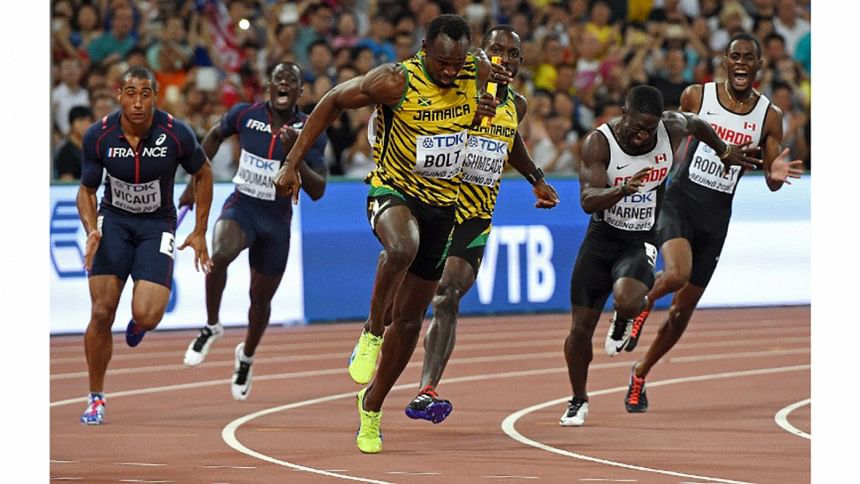Running wrong all the way?

It appears that runners may be running wrong all this time. A slightly different posture could let runners and walkers get a gravity-driven boost and could potentially break world records, reports New Scientist.
Running is a series of jumps to most runners and coaches, says Svein Otto Kanstad, a physicist and former competitive runner based in Volda, Norway.
Gravity isn’t considered helpful, because its force is perpendicular to the direction a runner is moving. But this mindset neglects the concept of angular momentum, Kanstad says according to New Scientist.
Runners should view their sport as a series of fall aided by gravity rather that thinking of running as a series of jumps, he added.
“We are falling forward, and our legs catch us,” he says. With each footfall a runner’s body actually rotates forward, pivoting on the foot in contact with the ground. “It is not a series of jumps, it is a series of rotations.”
A hula hoop illustrates how this rotation provides angular momentum. If you simply throw a hula hoop vertically into the air, it will fall flat when it lands. But if you spin the hoop as you launch it, it will roll away after it hits the ground because it has angular momentum.
“We are clever at using angular momentum without really knowing that’s what we’re using,” he says. But for many runners there is room for improvement.
Best foot forward
As a runner’s hips rotate to bring each leg forward, he or she gains angular momentum. But most runners don’t make the best use of this. At the moment their leading leg hits the ground, the second leg is usually stretched out behind, reports New Scientist.
In Kanstad’s revised gait, the second leg will already have rotated forward again before the leading leg hits the ground. By doing this, the runner’s centre of mass is tilted far forward allowing for more forward momentum, but the recovery leg is there to stop a fall.
It’s tricky to do, but Kanstad has taught himself to run this way. He says that retired US sprinter Michael Johnson – who has held the world record in the men’s 400 metres since 1999 – uses the same technique, according to New Scientist.
“The arms become very important as a counterbalance to the leg movement,” says Kanstad. “You have to change to almost opposite the way you are used to using your arms and legs.”
He trained distance runners from Tromsø to run using this technique on treadmills, while using straps that anchored them to the ceiling in case they fell. In one test, a male sprinter running at 14 kilometres per hour was making an energy saving of 10 per cent compared with his usual gait, as measured by his consumed oxygen volume per minute. As he ran, he shouted, “I’m flying!” Kanstad says.
Kanstad believes training distance runners and sprinters to run in this fashion would shave minutes off race times, resulting in a rash of new records.
“Gravity is there, and it drives us forward, but we immediately kill it by the way we run,” he says. “Just by not being that killer, you can have 10 per cent more energy for free.”

 For all latest news, follow The Daily Star's Google News channel.
For all latest news, follow The Daily Star's Google News channel. 



Comments